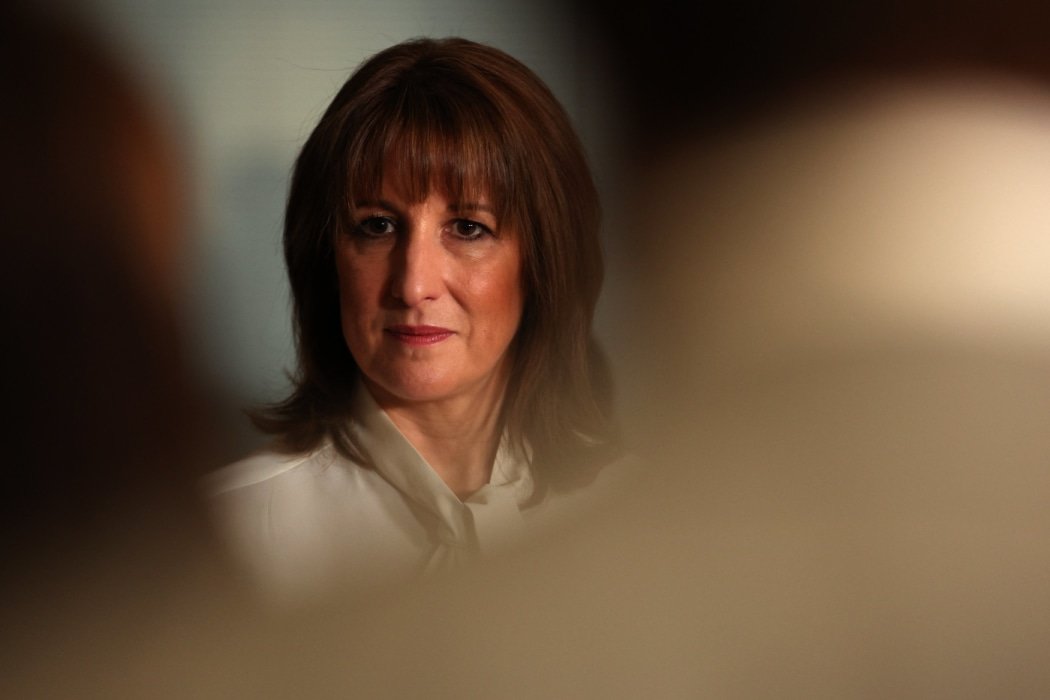
UK Budget Offers Some Inflation Relief but Gives Limited Comfort to Bank of England
Autumn Budget 2025 eases household energy costs — yet economists say fiscal loosening curtails scope for further rate cuts
The 2025 UK Autumn Budget introduced by the government offered modest relief to households — but fell short of providing the kind of sustained disinflation that would reassure monetary policymakers at the (BoE), according to economists.
The disconnect between fiscal and financial-stability goals is likely to shape the outlook for interest rates.
The Budget includes a £150 annual reduction in average household energy bills, a measure welcomed for immediately easing cost-of-living pressures.
That intervention, together with recent falls in inflation – consumer prices dipped to 3.6 per cent in October, down from 3.8 — creates a temporary reprieve for households and strengthens the political case for fiscal responsibility.
Yet economists caution the relief may be short-lived.
The broader package raises roughly £26 billion in new taxes over coming years, but also increases the UK’s structural debt burden — curtailing, they argue, the BoE’s ability to deliver deep interest-rate cuts.
Even supporters of the Budget admit that its measures are “unlikely to cool inflation in a sustained manner.”
At a conference on Friday, BoE policymaker said the energy-bill relief could help lower long-term public inflation expectations.
But she noted that such one-off cost-of-living measures rarely factor directly into the bank’s monetary policy decisions and stressed that wage growth remains a risk to price stability.
Markets have largely interpreted the Budget as removing some obstacles to a rate cut — with December widely viewed as the next opportunity — but many strategists remain unconvinced a cut would mark the start of a deeper easing cycle.
Inflation remains well above the BoE’s 2 per cent target, and higher borrowing costs for the government may transmit into future fiscal tightening or slower growth.
The Budget illustrates a delicate balancing act: offering visible support to households while attempting to reassure markets and maintain fiscal credibility.
For now, the temporary price relief and political cover may provide breathing space — but the long-term challenge of aligning fiscal and monetary policy in a fragile economy remains unresolved.
The disconnect between fiscal and financial-stability goals is likely to shape the outlook for interest rates.
The Budget includes a £150 annual reduction in average household energy bills, a measure welcomed for immediately easing cost-of-living pressures.
That intervention, together with recent falls in inflation – consumer prices dipped to 3.6 per cent in October, down from 3.8 — creates a temporary reprieve for households and strengthens the political case for fiscal responsibility.
Yet economists caution the relief may be short-lived.
The broader package raises roughly £26 billion in new taxes over coming years, but also increases the UK’s structural debt burden — curtailing, they argue, the BoE’s ability to deliver deep interest-rate cuts.
Even supporters of the Budget admit that its measures are “unlikely to cool inflation in a sustained manner.”
At a conference on Friday, BoE policymaker said the energy-bill relief could help lower long-term public inflation expectations.
But she noted that such one-off cost-of-living measures rarely factor directly into the bank’s monetary policy decisions and stressed that wage growth remains a risk to price stability.
Markets have largely interpreted the Budget as removing some obstacles to a rate cut — with December widely viewed as the next opportunity — but many strategists remain unconvinced a cut would mark the start of a deeper easing cycle.
Inflation remains well above the BoE’s 2 per cent target, and higher borrowing costs for the government may transmit into future fiscal tightening or slower growth.
The Budget illustrates a delicate balancing act: offering visible support to households while attempting to reassure markets and maintain fiscal credibility.
For now, the temporary price relief and political cover may provide breathing space — but the long-term challenge of aligning fiscal and monetary policy in a fragile economy remains unresolved.









